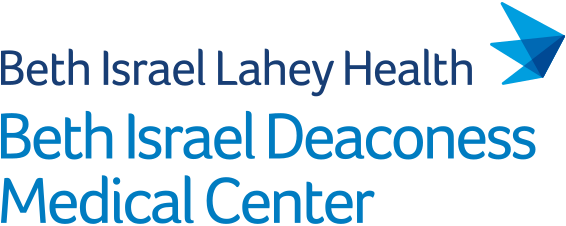Publications by Year: 2019
2019
Background Regulators increasingly rely on registries for decision making related to high-risk medical devices in the United States. However, the limited uniform standards for registries may create substantial variability in registry implementation and utility to regulators. We surveyed the current landscape of US cardiovascular device registries and chart the extent of inconsistency in goals, administration, enrollment procedures, and approach to data access. Methods and Results A systematic review using Preferred Reporting Items for Systematic Reviews and Meta-Analysis (PRISMA) guidelines identified studies (1995-2017) referencing cardiovascular device registries with a US-based institution. Registries were then evaluated by reviewing associated articles and websites. Extracted data included device type, primary scientific aim(s), funding, stewardship (eg, administration of registry procedures), enrollment procedures, informed consent process, and mechanisms to access data for research. The 138 cardiovascular device registries in the cohort covered devices addressing interventional cardiology (65.9%), arrhythmias (15.2%), heart failure (10.1%), and valvular disease (10.1%). While the majority (55.8%) were industry-funded, stewardship was predominantly overseen by academic centers (74.0%). Most registry participation was voluntary (77.5%), but a substantial minority (19.7%) were required as a condition of device implantation. Informed consent requirements varied widely, with written consent required in only 55.1% of registries. Registry data were primarily accessible only to stewards (84.1%), with 13.8% providing pathways for external applications. Conclusions The majority of cardiovascular device registries were funded privately under the auspices of academic institutions, which set the rules for data access. The substantial variation between cardiovascular device registries suggests a role for regulators to further strengthen guidelines to improve quality, consistency, and ethical standards.
BACKGROUND: The risk of death or appropriate therapy varies widely among recipients of implantable cardioverter-defibrillators (ICDs). The goals of this study were to develop a risk prediction tool that jointly considers future outcome probabilities of ICD shock and death.
METHODS AND RESULTS: We performed a secondary analysis of patients receiving ICDs as part of the SCD-HeFT trial (Sudden Cardiac Death in Heart Failure Trial). We applied an illness-death regression model to jointly model both ICD shocks and death under the semi-competing risks framework, which predicts for each patient their probability of having received ICD shocks, dying, or both at any given point in time. Among 803 ICD recipients (mean age, 60 years; 23% women) followed for a median of 41.1 months, 430 (53.5%) patients completed the study without dying or receiving an ICD shock, 206 (25.7%) received at least 1 shock but survived, 113 (14.1%) died before experiencing a shock, and 54 (6.7%) received at least 1 shock and subsequently died. Predicted outcome probabilities based on baseline demographic and clinical variables reveal substantial heterogeneity in joint shock and death risks, both between patients at each time point and for each single patient across time. Overall, predictive performance for ICD shock and death individually was adequate, based on area under the curve at 5 years of 0.65 for shocks and of 0.79 for death.
CONCLUSIONS: Our analysis of outcomes after ICD implantation provides an alternative predictive model for individual risk of death or ICD shocks. If validated, this may provide a useful tool for individualized counseling regarding likely outcomes after device implantation, while also informing the design of further studies to focus the clinical effectiveness and cost-effectiveness of ICD therapy.
CLINICAL TRIAL REGISTRATION: URL: https://www.clinicaltrials.gov. Unique identifier: NCT00000609.
